Biochar is charcoal, made of carbon and ashes after the pyrolysis of different types of plant biomass and works to improve soil. The production process is particularly interesting starting from the agricultural residues/subproducts such as from pruning, corn or wheat stubble, rice husks, almond hulls, dry leaves, etc. The pyrolysis allows the following to be obtained: a gas (syngas) with a heat of combustion equal to the LPG that can be used in production processes that need heat (for example desiccation or the production of electricity) and biochar or charcoal. Biochar is the subproduct of the pyrolysis (90% carbon content) which, if applied to soil, is a powerful amendment. Its high level of porosity increases the retention of water and nutrients that stay available to the plants for longer, and also improve the soil structure and its mechanical properties. Many studies have already shown the positive impact of biochar application on agricultural yields and the reduction of water and fertilizer requirements. Biochar’s compact structure means that it is not broken down by the microorganisms in the soil, so it stores carbon instead of it returning to the atmosphere in the form of CO2 as in the case of compost or when pruning residues are burnt; the use of biochar in agricultural land also reduces N2O emissions from the soil; N2O is a greenhouse gas with a potential for global warming that is 296 higher than CO2. The combination of biochar with organic amendments such as manure and digestate seems highly promising, at least in viticulture. Its use in alkaline terrains should be carefully assessed as it could increase salinity and in specific cases, negatively impact the active ingredients of herbicides. Biochar is governed with very strict parameters under Italian laws on fertilizers; its use is forbidden in powder form or with toxic substances such as polycyclic aromatic hydrocarbons, heavy metals or dioxins. Biochar is sometimes defined as a product that is prohibited in Italy in foreign scientific literature.

